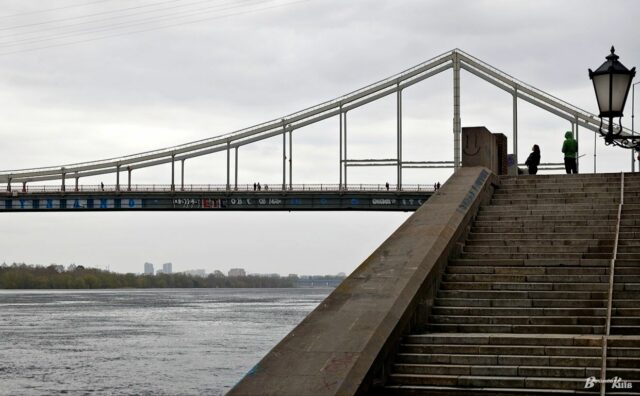Understanding the Water Level Changes in the Dnipro, Desna, and Prypiat Rivers
The rise in water levels of the Dnipro, Desna, and Prypiat rivers is a pivotal issue for residents and authorities alike. This increase, primarily caused by snowmelt and heavy rainfall, has prompted officials to declare a yellow level of danger for the Chernihiv and Kyiv regions. While this may sound alarming, the Kyiv City Administration reassures the public that robust plans are in place to manage potential flooding through the Dnipro reservoir cascade.
The Current State of Affairs
As we observe the situation closely, water levels are on the rise. For instance, near the «Metro» bridge in Kyiv, the water level has increased by 6 cm each day and is now sitting at a concerning 567 cm above the baseline. However, it’s important to note that, despite this increase, there are currently no identified threats of flooding, and thankfully, there have not been any reported flooding incidents in the area.
Expert Preparedness: Monitoring and Management
«Water level monitoring is crucial, and while we anticipate possible fluctuations in the upcoming days, we are fully prepared for any situation that might arise,» stated Serhiy Popko, the head of the Kyiv City Administration. This level of preparedness is not just a statement; it’s backed by historical data. For instance, previous years have seen effective management of floodwaters, showcasing the city’s resilience in handling natural events.
What Lies Ahead: Analyzing the Forecast
According to analyses from Ukrgidromettsent, we’re in for a period of significant water level fluctuations in Kyiv, particularly from early March. Short-term flooding in flood-prone areas and riverside locations is possible. To illustrate, in past flooding events, regions like Obolon faced temporary inundation, leading to emergency protocols being activated, and the community working together to address the challenges.
Practical Steps for Residents
As a resident, what can you do to stay safe and informed during this period? Here are a few actionable tips:
- Stay Informed: Keep track of local news updates and official announcements regarding water levels and safety protocols.
- Prepare an Emergency Kit: Pack essentials such as water, food, medications, and important documents in case of an emergency.
- Know Your Risks: Understand if you live in a flood-prone area and make an evacuation plan ahead of time.
By taking these proactive measures, you can contribute to your safety and the safety of your community. Remember, collaboration and communication are key during times of potential crisis.
In conclusion, while the rise in water levels presents challenges, the expertise and preparedness of local authorities give us confidence in managing the situation effectively. Stay alert, stay safe, and let’s look out for one another during this critical time.






